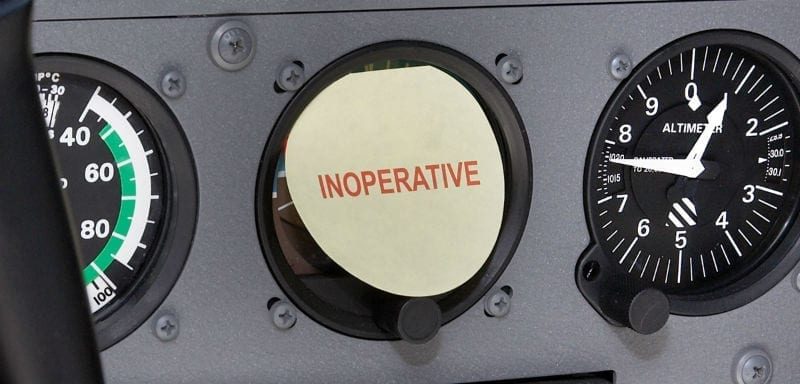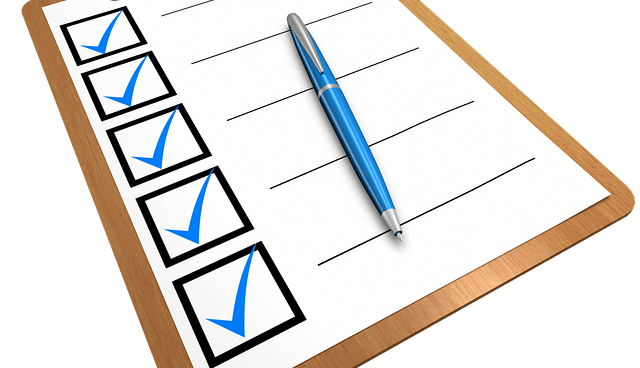The weather is beautiful, so you decide to take the plane up for a relaxing flight. As you’re doing your preflight you discover a piece of equipment that isn’t working. So what equipment is required for VFR flight? Can you legally fly, or do you need to wait until your mechanic can make repairs?
A common mnemonic to help you remember the required equipment for day VFR flight is A TOMATO FLAMES.
A – Altimeter
T – Tachometer
O – Oil pressure gauge
M – Manifold pressure gauge (for aircraft with a constant-speed propeller)
A – Airspeed indicator
T – Temperature gauge for coolant (for liquid-cooled engines)
O – Oil temperature gauge (for air-cooled engines)
F – Fuel gauge
L – Landing gear position indicator (for aircraft with retractable gear)
A – Anti-collision lights (e.g., rotating beacon) for aircraft certificated after March 11, 1996
M – Magnetic compass
E – ELT
S – Seatbelts and shoulder harnesses
For night VFR there are requirements in addition to A TOMATO FLAMES, which can be remembered with FLAPS.
F – Fuses (spare set) or circuit breakers
L – Landing light (if flying for hire)
A – Anti-collision lights
P – Position lights
S – Source of power (i.e., battery)
A TOMATO FLAMES – FLAPS is required equipment for any VFR flight. Of course, depending on the airspace you are flying in there may also be requirements for radios, a transponder, and ADS-B.
Keep in mind that any piece of equipment that isn’t working, even if it isn’t required, needs to be placarded as “inoperative”.
Do you have an aviation question you’d like answered here? Submit it using this form.


